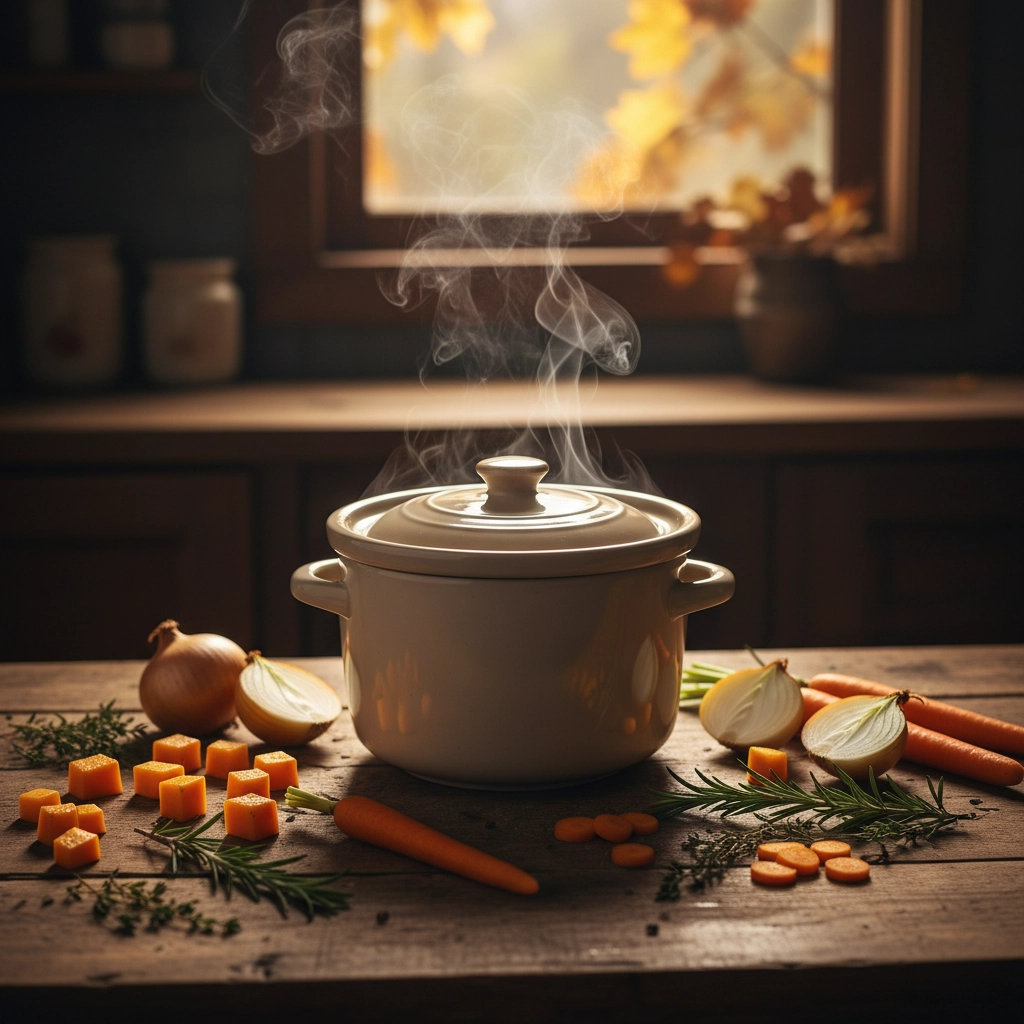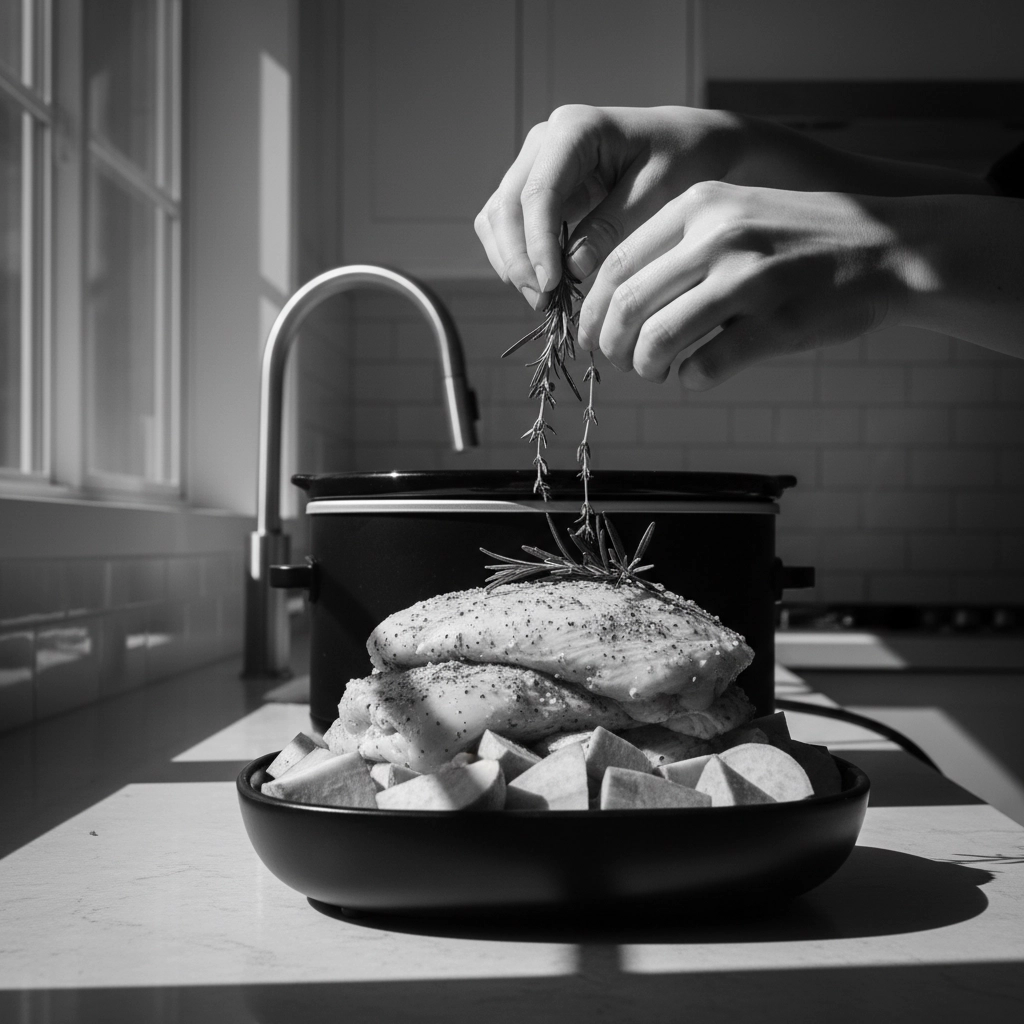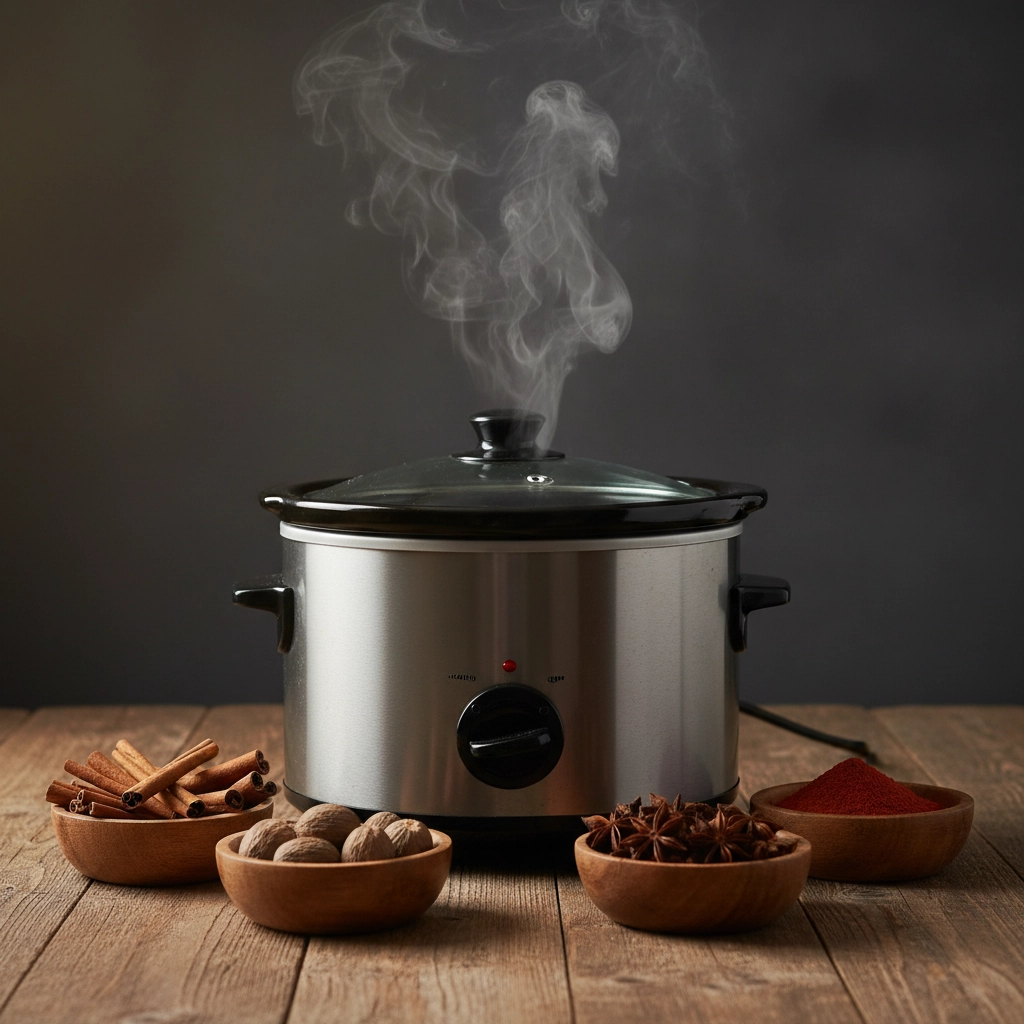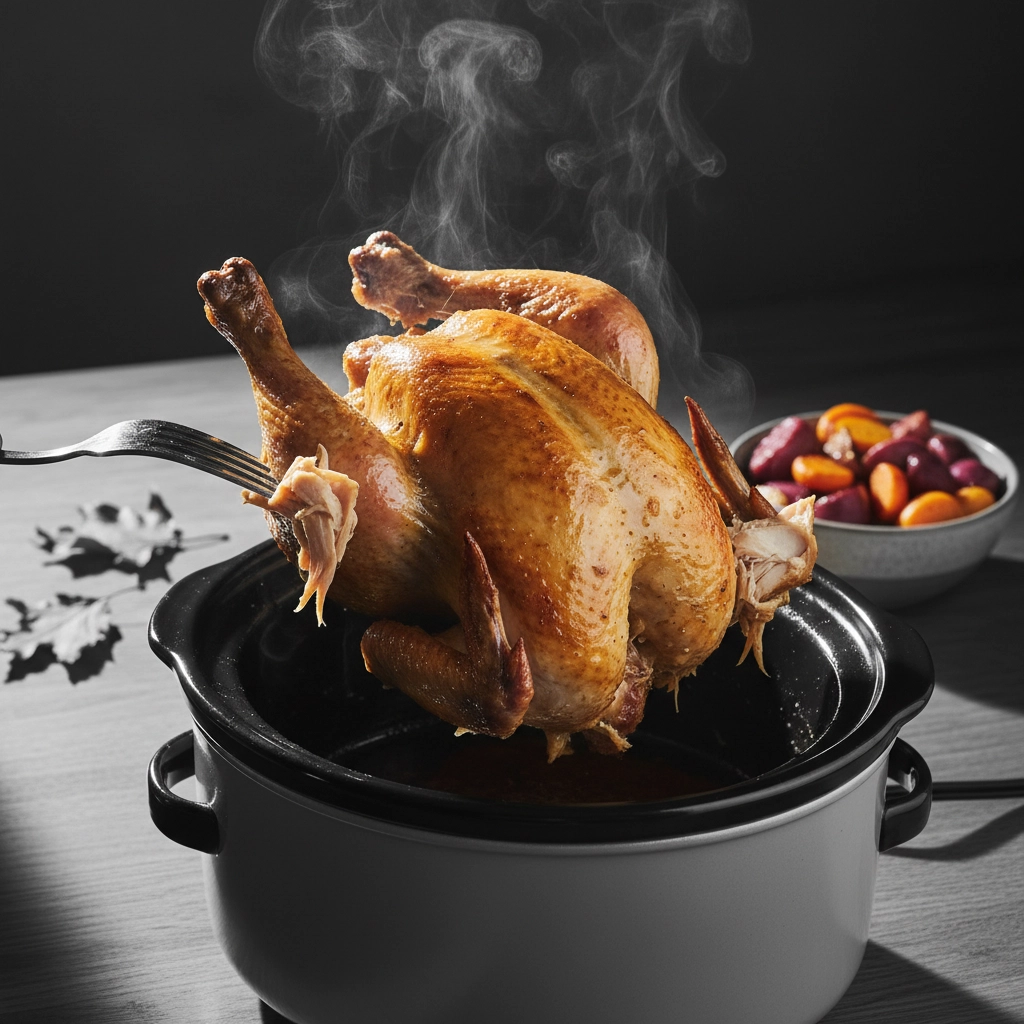There's something magical about waking up on a crisp fall morning, brewing a fresh cup of coffee, and knowing that by the time you get home, your house will smell like pure comfort food heaven. Slow cooking isn't just about throwing ingredients into a pot – it's an art form that transforms simple ingredients into soul-warming masterpieces, especially during the cozy months of autumn.
As the leaves change and temperatures drop, our cravings naturally shift toward heartier, more satisfying meals. This is where your trusty crockpot becomes your best friend, working quietly in the background while you go about your day, creating magic from the simplest ingredients.
Why Fall and Slow Cooking Are a Perfect Match
Fall ingredients were practically made for slow cooking. Think about it – root vegetables like carrots, potatoes, and butternut squash become incredibly sweet and tender when cooked low and slow. Tough cuts of meat that are budget-friendly transform into fork-tender perfection. And those warm spices we associate with autumn? They have hours to meld and create layers of flavor that quick cooking simply can't achieve.
The beauty of slow cooking in fall goes beyond just the food. It's about creating routines that make your home feel like a sanctuary. Picture this: you start your morning with a perfectly brewed cup of single-origin coffee, prep your slow cooker ingredients while sipping that first magical sip, and set everything to cook. By evening, you're welcomed home by incredible aromas and a meal that's ready to serve.

Mastering the Fundamentals
Temperature and Timing Are Everything
The golden rule of slow cooking is simple: low and slow wins the race. Most recipes work beautifully on low heat for 6-8 hours or high heat for 3-4 hours. This extended cooking time allows tough connective tissues in meat to break down completely, while vegetables develop concentrated, caramelized flavors that you just can't get any other way.
Here's a pro tip many people miss: your slow cooker runs hotter than you think. If you're consistently ending up with overcooked meals, try reducing your cooking time by 30 minutes to an hour. Every slow cooker has its own personality, so getting to know yours is key.
Layer Like a Pro
The way you layer ingredients makes a huge difference in your final results. Dense vegetables like carrots, potatoes, and onions should go on the bottom where they'll get the most direct heat. Your protein goes next, and delicate ingredients like herbs, dairy, or quick-cooking vegetables get added during the last hour or two.
Liquid Management
This might be the biggest mistake people make with slow cooking – using too much liquid. Unlike stovetop cooking where liquids evaporate, slow cookers trap moisture. Your ingredients will release their own juices as they cook, so you typically need about half the liquid you'd use for traditional cooking methods.
The Morning Coffee Ritual Meets Meal Prep
One of the best parts about slow cooking is how it fits perfectly into a morning routine. While your coffee is brewing – and we're talking about a really good cup here, maybe something from a quality single-origin blend – you can quickly prep your slow cooker ingredients.
This isn't about rushing through the process. Take your time, enjoy that first sip of coffee, and make the prep part of your mindful morning routine. Dice some onions, brown your meat if the recipe calls for it (this extra step really does make a difference in flavor), and layer everything into your slow cooker. By the time you finish your second cup of coffee, your dinner is already started.

Fall-Specific Strategies That Actually Work
Embrace Seasonal Ingredients
Fall produces some of the most slow-cooker-friendly ingredients imaginable. Butternut squash becomes incredibly creamy when slow cooked, making it perfect for soups, curries, or even as a base for mac and cheese. Sweet potatoes develop an almost candy-like sweetness that pairs beautifully with savory spices.
Don't overlook apples in savory dishes either. They add a subtle sweetness that complements pork, chicken, and even hearty vegetarian dishes. Just add them during the last couple hours of cooking to prevent them from turning to mush.
Spice Blending Magic
Fall spices benefit enormously from extended cooking times. Create your own blend using warm spices like cinnamon, nutmeg, allspice, and cloves for sweet applications, or go savory with cumin, smoked paprika, and chili powder. Add these spices early in the cooking process so they have time to bloom and develop complex flavors.
Texture Enhancement Techniques
Want to take your slow cooking to the next level? Remove the lid during the last 15-20 minutes of cooking to allow excess liquid to evaporate. This concentrates flavors and creates a richer, more satisfying texture. For soups and stews, use an immersion blender to partially puree the mixture, creating body while leaving some chunks for texture.

Beyond the Basics: Creative Applications
Your slow cooker can do way more than just stews and roasts. Try baking a whole chicken – it comes out incredibly juicy and practically falls off the bone. Use it to cook corn on the cob, bake potatoes, or even make desserts like apple crisp or chocolate lava cake.
Here's a game-changing technique: use your slow cooker as a warming pot for entertaining. Make hot cider, keep dips warm, or use it to hold side dishes at the perfect serving temperature while you focus on other parts of your meal.
Smart Make-Ahead Strategies
Sunday meal prep becomes effortless with slow cooking. Spend part of your weekend morning – coffee in hand, of course – prepping ingredients for multiple meals. You can even prep everything the night before, store it in the refrigerator, and just transfer it to your slow cooker in the morning.
Many slow cooker dishes actually taste better the next day after flavors have had time to meld. Make extra and you've got lunch sorted for the rest of the week.
Troubleshooting Common Issues
Avoiding the Mushy Vegetable Problem
Cut vegetables into larger, uniform pieces and add delicate ones like zucchini or bell peppers during the last hour of cooking. Root vegetables can handle the full cooking time, but anything with high water content needs to be treated more gently.
Preventing Overcooking
Invest in outlet timers or smart plugs that can automatically turn off your slow cooker. This is especially helpful for those long work days when you might be stuck in traffic or running late.
Building Better Flavors
Don't skip the browning step when recipes call for it. Taking five minutes to brown your meat or sauté your onions before adding them to the slow cooker adds depth and richness that you simply can't get otherwise.

Making It a Lifestyle
The real art of slow cooking isn't just about the techniques – it's about creating a rhythm that works with your life. Fall is the perfect time to establish this routine because the weather naturally draws us indoors and toward comfort foods.
Start simple with foolproof recipes like beef stew or chicken and vegetables. As you get comfortable with your slow cooker's quirks and timing, branch out into more complex dishes like curries, braised short ribs, or even slow cooker bread.
The key is consistency. When slow cooking becomes part of your regular routine, you'll find yourself naturally gravitating toward it on busy days, knowing that you can come home to a delicious, home-cooked meal no matter how hectic your schedule gets.
Remember, the best slow cooker meal is the one that fits your taste preferences and schedule. Don't be afraid to adjust recipes, experiment with different spice combinations, and make each dish your own. After all, that's what cooking is really about – creating something delicious that brings comfort and joy to your table.
This fall, let your slow cooker do the heavy lifting while you focus on the things that matter most. With a good cup of coffee to start your morning and the promise of an incredible meal waiting at home, you've got the perfect recipe for making the most of the season.




